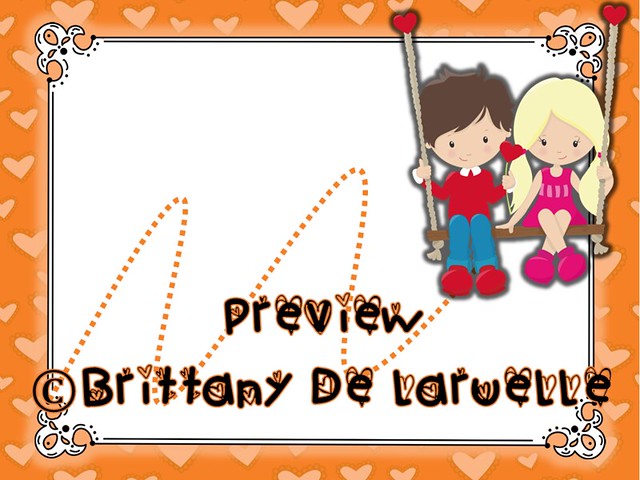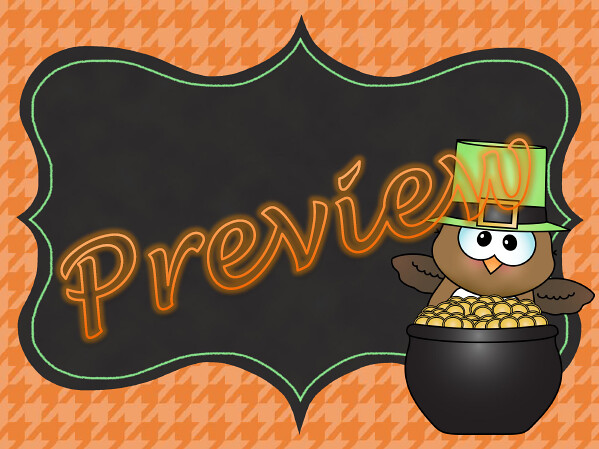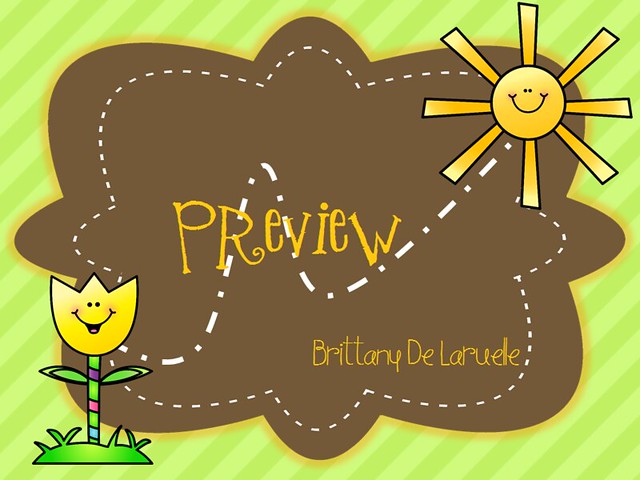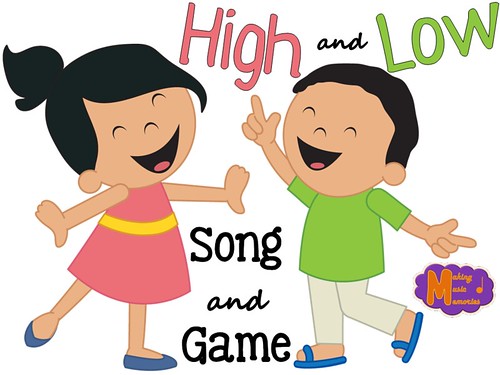
Today, I'm going to talk about two high and low activities I have used in my classroom for several years now.
Five Little Monkeys
This is a great song I use for teaching high and low. Many of you probably already teach this song in your classrooms and you may even use it for teaching high and low. If not, here is how I incorporate it into the song.
We all sing "five little monkeys jumping on the bed" in our normal singing voices. When we get to the part where "Mama calls the doctor...", I have students switch into a high squeaky voice, to imitate Mama's high voice. Then on the "No more monkeys jumping on the bed!" students use their low voices.
When students get comfortable with the song, I'll start to pick students to be the mom and doctor voices alone. I'll pick one student to be the mom and one student to be the doctor. (After explaining that it doesn't matter if you are a boy or girl for either part.) This is a great chance for me to assess students actually getting into their high or low voices.
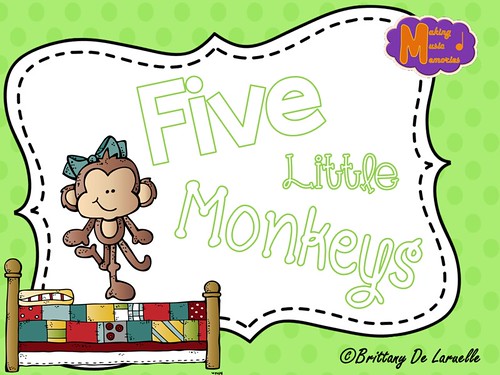
I just created a cute and simple file to go along with the song just for an added visual. It is free in my Teachers Pay Teachers store! You can download it by clicking on the Five Little Monkeys picture above, or just click HERE.
Monsters vs. Fairies
I also play a game using my piano that I have recently entitled Monsters vs. Fairies. The rules of the game are simple. When I play notes that are high on the piano, students reach up on their tippy toes with arms extended to the ceiling. When I play low notes on the piano, students should duck down toward the floor.
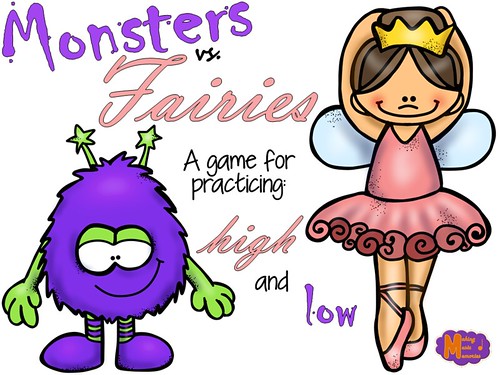
We call this game Monsters vs. Fairies because my students always say that the high notes sound like dancing fairies and the low notes sound like big furry monsters. (Oh the wonderful imagination of Kindergarteners.) This game is simple, but my students love it and will ask to play it. They especially like how I normally end the game by changing from high to low rather quickly. It gets them all giggly and happy before we move on to the next activity.
Looking for even MORE ideas for teaching high and low?
Check out my other blog entries about this topic:
- Preparing High and Low - How to Use Vocal Explorations
- Beginning High and Low - Using Stories and Videos
Clip art credits: Kari Bolt, Educlips, MelonHeadz, Jena Hudson, Lovin' Lit
Font credits: Kimberly Geswein




